With the first Vietnam Mountain Marathon 100 Miles approaching, multiple 100 miles finisher Ken Crouse, shares tips from fellow 100 miles veterans and offers some personal advice to help mountain runners prepare for the hard yards ahead.
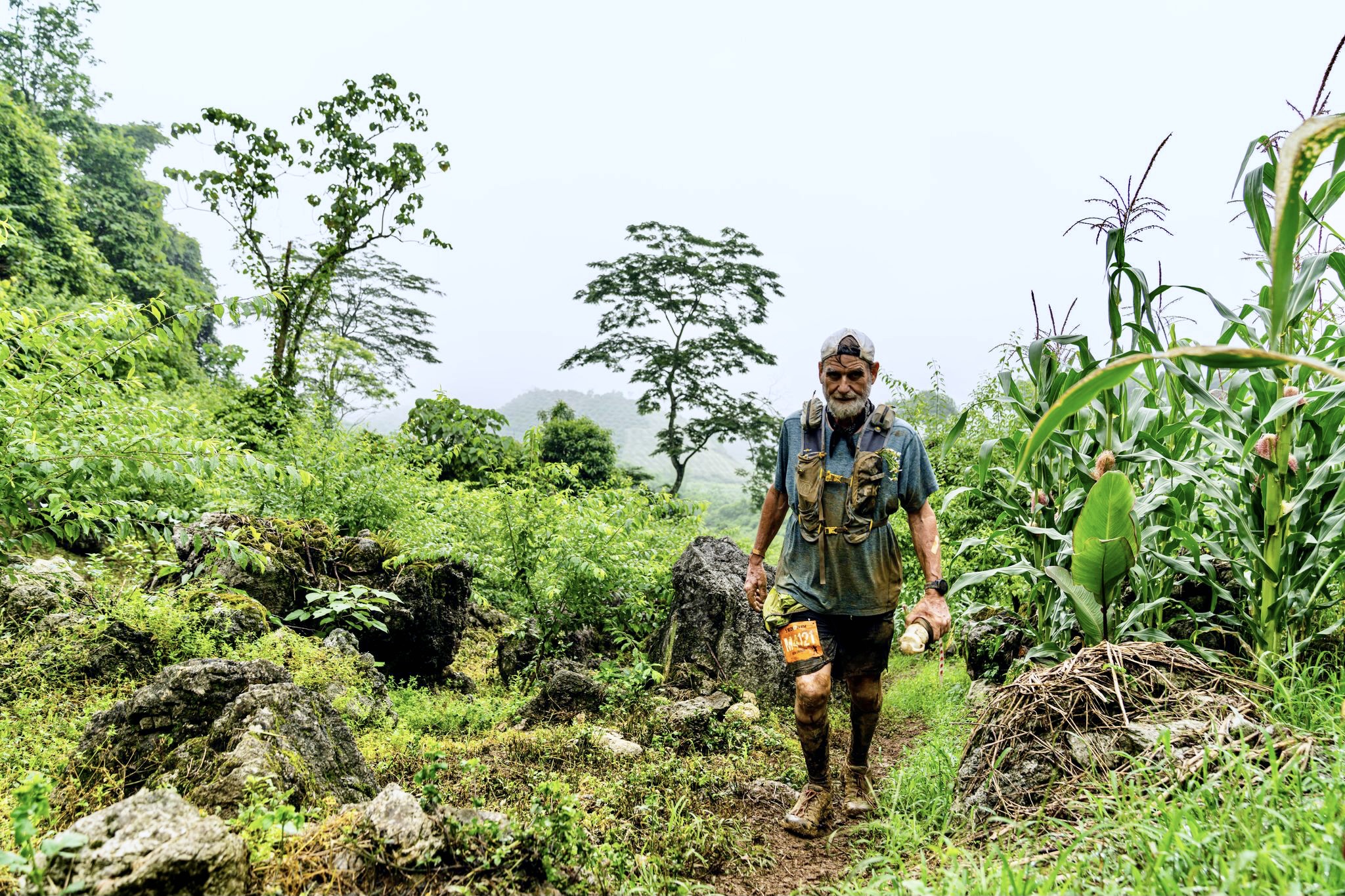

The truth is the starting line of a 100-mile endurance run, or any other ultra-marathon, can be a very lonely place.
Yes, there will be a lot of energy, but when the event starts, you are on your own and the decisions you made in preparing for the event are yours alone.
Neither your coach, the race management team, the volunteers, or anyone else is going to run the event for you – it’s yours and you have to own it.
1. Have a Plan / Work the Plan
There are a lot of aspects to the ‘Have a Plan / Work the Plan’ approach, but it really comes down to planning your run as thoroughly as possible so on race day you are executing a plan, as opposed to letting race control what you are doing.
Looking at the Vietnam Mountain Marathon 100 Miles, it is easy to imagine running into Topas Ecolodge and receiving your 100 mile finisher’s award, but to get there it can be helpful to think back from the finish line and envisage how you will achieve your goal.
Develop a plan, then go out and execute the plan.
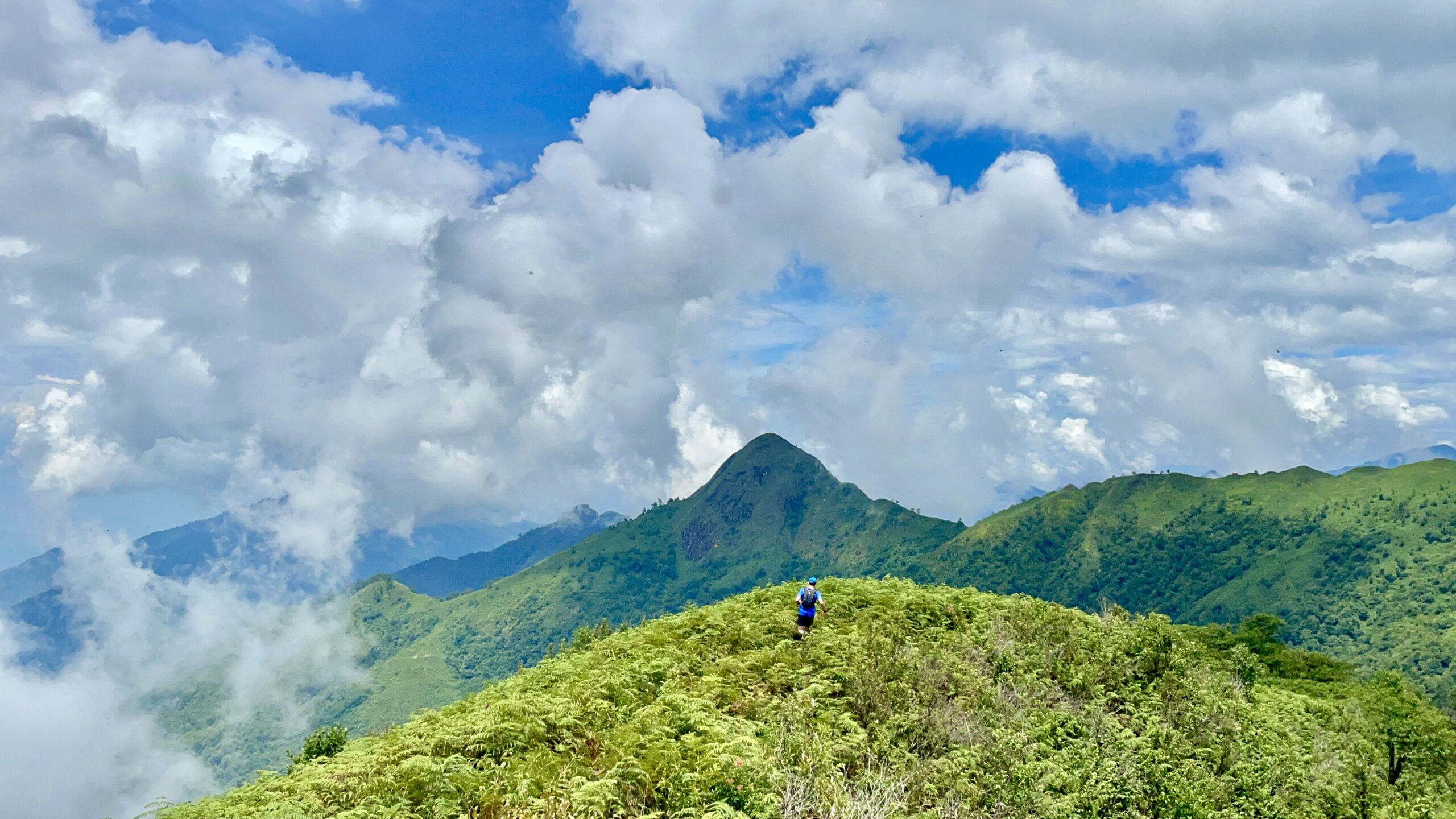

VMM beauty on the VMM 100 Miles course
2. Alison’s Advice – Foot Care and Rest
Someone who knows a lot about surviving an ultra is Alison Bassett who recently completed the Tahoe 200 (Mile) Endurance Run (yes, 200 miles!).
She points to the importance of taking care of her feet and also resting as keys to her success at Tahoe 200. Both these aspects were built into her plan which was then executed on race day.
For Alison, the Tahoe 200 was a 94:52:08 event.
There were 139 finishers and 102 DNFs.
She changed her socks and cleaned her feet at least every 50k. After cleaning her feet, she applied Desitin (a baby rash cream) very liberally. There are several similar products available including Bag Balm and Squirrel’s Nut Butter.
She also applied it to other parts of her body where rubbing might create chafing.
A very good website with information on feet is Fixing Your Feet by Jon Vonhof: https://www.fixingyourfeet.com/
Rest was also key for Alison. During the rest periods she took her shoes and socks off allowing her feet to dry off and elevated her feet to renew blood flow.
The tactic of building in rest to ultra distance events is one that is used by many runners, but you must of course be a fast enough finisher to allow for rests without being cut off at checkpoints.
3. Mark Gilligan’s Top Tip – Plan Your Nutrition
Mark Gilligan did the VMM 100k in 2016 and was the person who first told me about the Topas Vietnam Trail Series.
Mark’s first piece of advice also highlighted the importance of foot care which we have already covered, but is worth reinforcing just how important taking care of your feet will be.
Mark also mentioned being prepared for the food that may be offered at aid stations and along the way.
Keep your foods as simple as possible and train using the foods you plan to eat during the run. Know or ask what may be on the aid station tables or if possible, carry your own food.
Over the years I’ve seen more DNFs due to stomach issues than actual injuries.
Another food tip from Mark is to avoid too much sugary food like candy or heavily processed foods.
Bananas, potatoes, etc are great – cookies and candy are less good. (On a personal level, I would say the sweet potatoes at one of the early aid stations during VTM in May were incredible!)
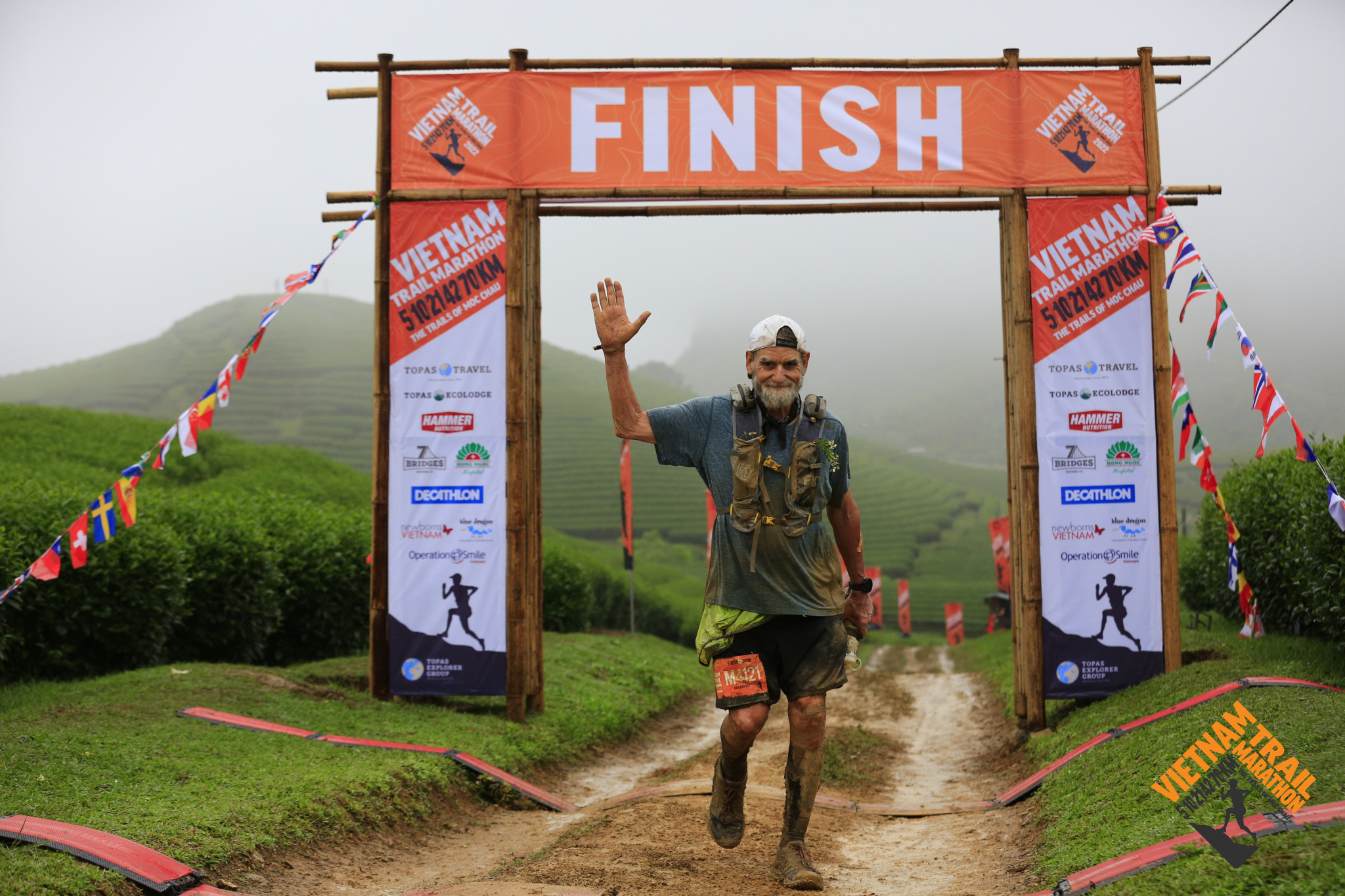

Over shorter distances, you can get away with choosing more processed foods. However, for longer runs, your lower gastrointestinal region may become overwhelmed and no longer process anything.
4. Train Specific
A key tip from me personally is to train on the course if at all possible, or at least try to mimic some of the conditions.
Since I don’t live near the course, I do a lot of work on elliptical machines in a gym where I elevate the angle of incline to the point I’m forced to walk – then walk for extended periods.
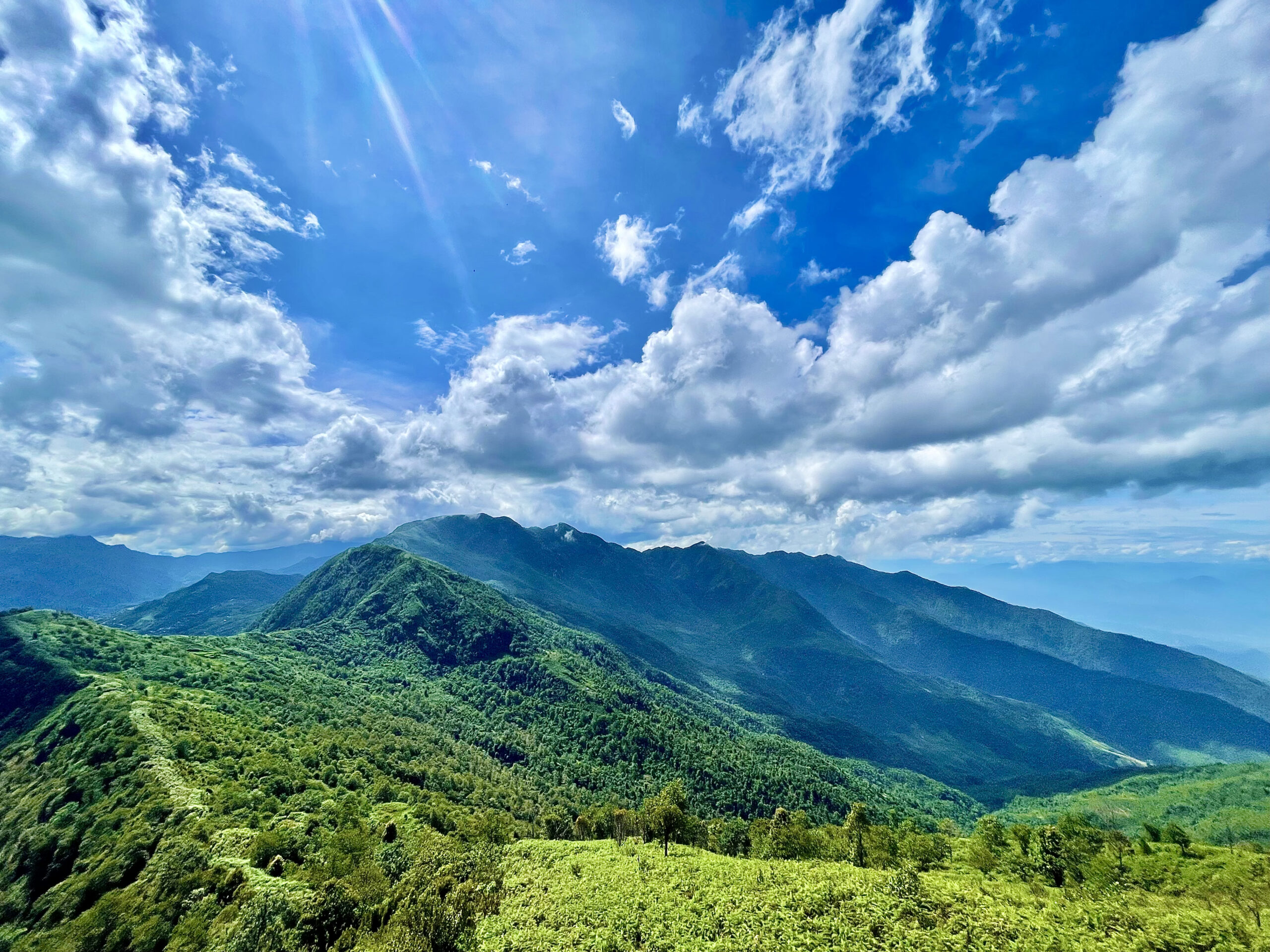

A section of the new Vietnam Mountain Marathon 100 mile course
5. Using Heart Rate
During these uphill sessions, keep an eye on your heart rate. You want to keep your heart rate at no more than 75% – 80% of max since a 100 mile event is so long. For me that means I try to keep my heart below 130 beats per minute.
For example, at Vietnam Trail Marathon in May, on the initial climb out of Moc Chau I found my heart rate elevating to 137 beats per minute, at which time I just stepped off the trail and let others go by.
Once it was down to 130 I continued (it took only a minute or so) at a slower pace.
However, I know if I should get close to 150 beats per minute, my body will get too close to its lactic acid threshold.
I know if I keep my heart rate below 80% of max, I can go for extended periods without any issues.
Your own optimal heart rate and lactic acid threshold levels will vary, but learning those numbers can be very beneficial.
6. Avoid a downhill pounding
It’s also worth noting that while the climbing can be challenging, the downhill stretches are what will result in more damage to your quadricep muscles, leaving you walking, or moving very slowly later in the run when you should be running.
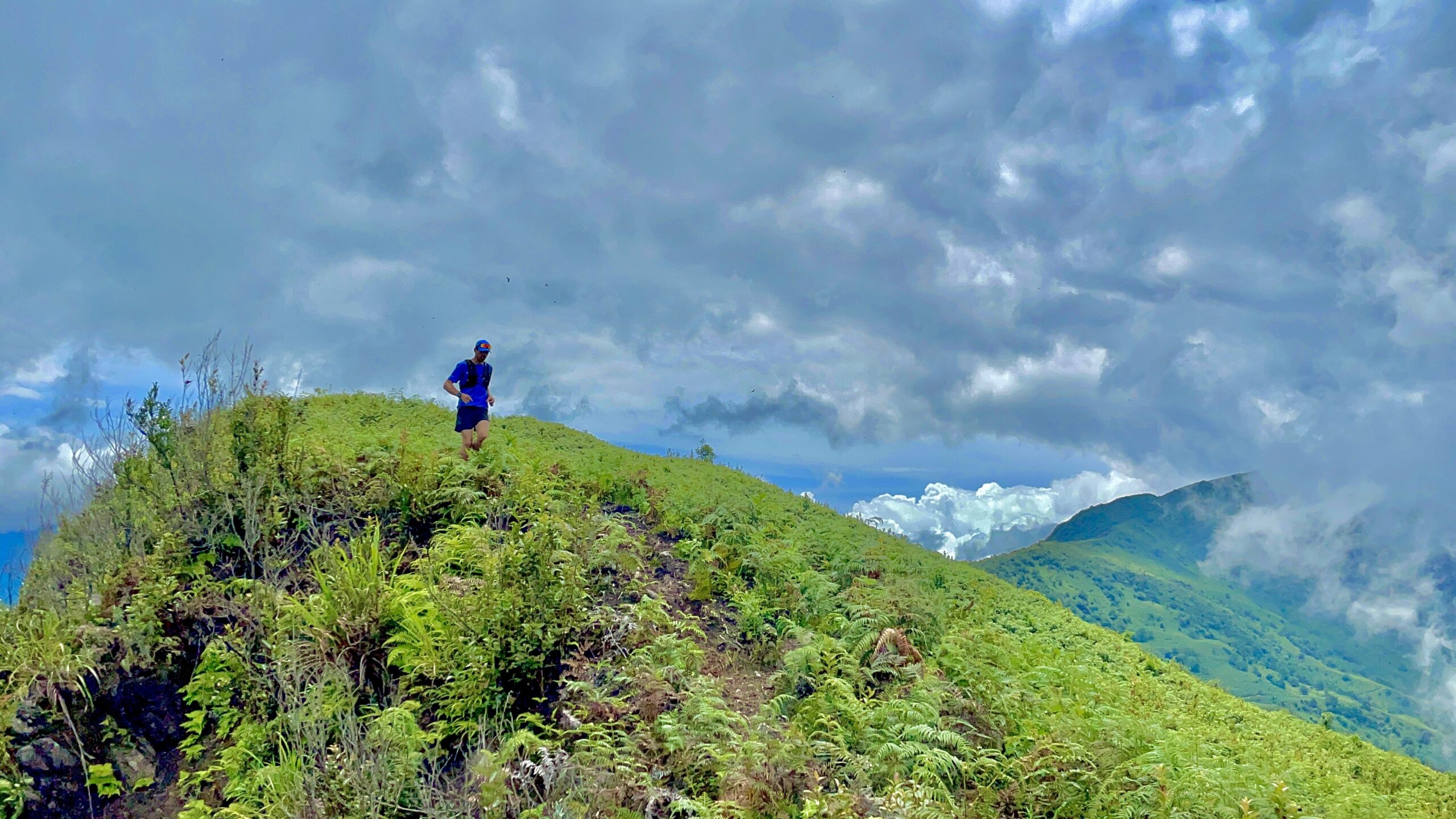

This is caused by running downhill too hard when long strides just pound on the quads.
It’s very easy to start running downhill too hard, so make sure you avoid this common pitfall, especially earlier on in your 100 mile event.
7. A philosophical final note
One more philosophical view of ultra-marathon participation I’ll leave with you is something shared with me by my friend, Ray Scannell, back in the winter of 1997-98 when I was getting ready to run my first 100-miler.
Ray graciously shared many Saturdays with me and a small group of runners up in the mountains training for Western States 100 Mile Endurance Run.
Ray has completed the event ten times – all in less than 24 hours including several top-10 finishes.
He advised us to not let any individual event or result get you too high or too low.
Whatever happens on race day will happen and that one day. One event shouldn’t define you as a runner or as a person.



